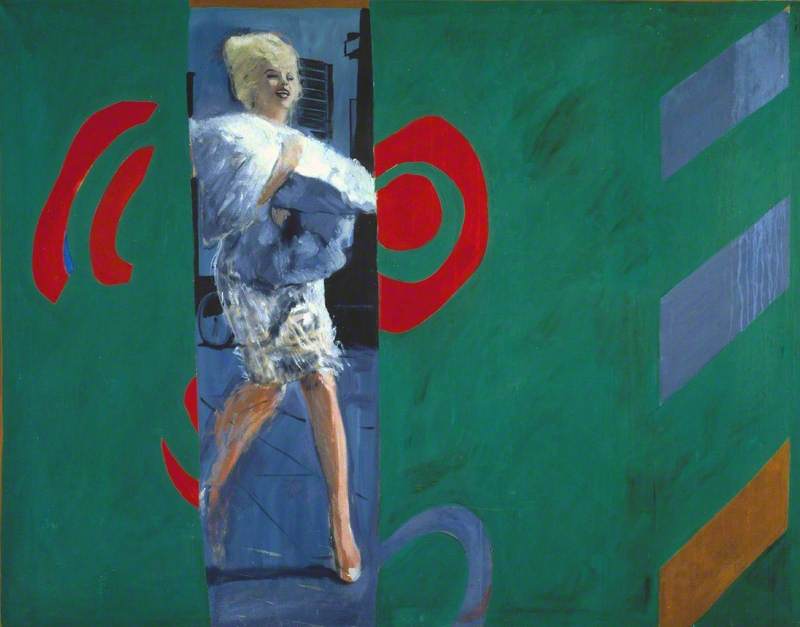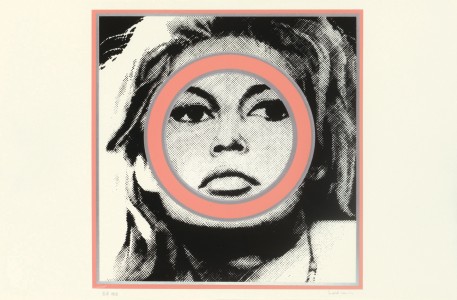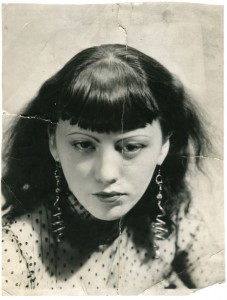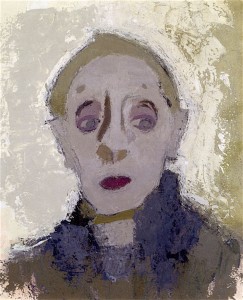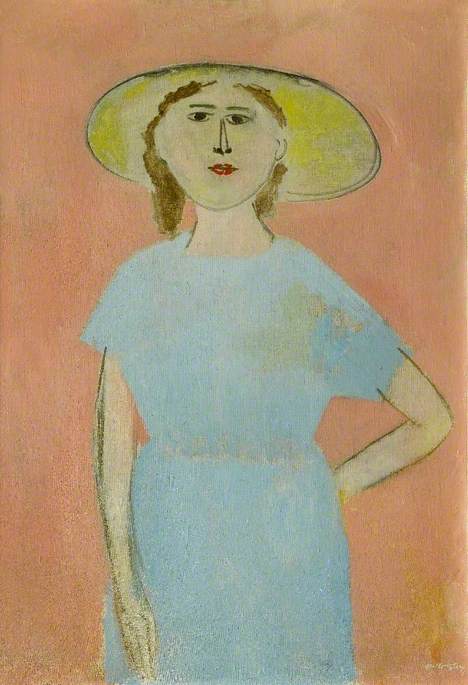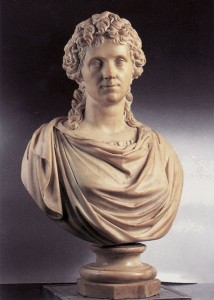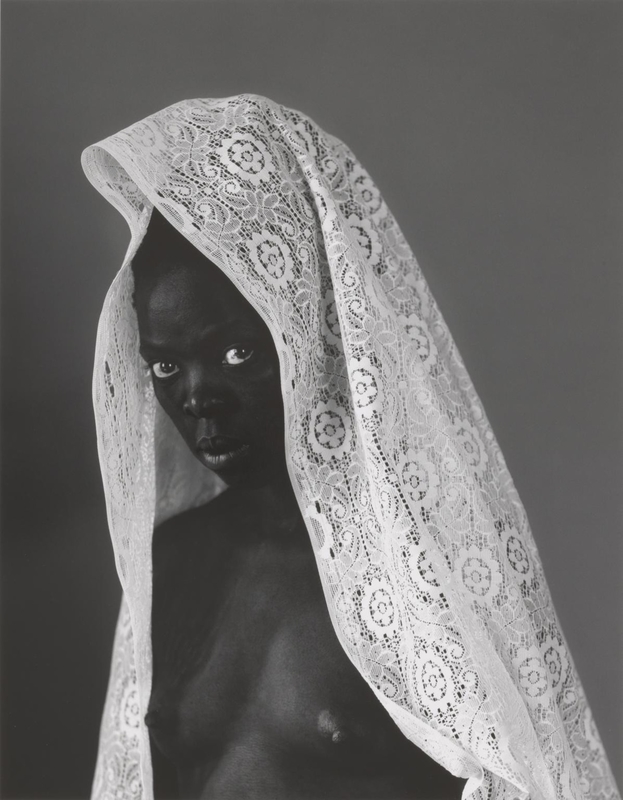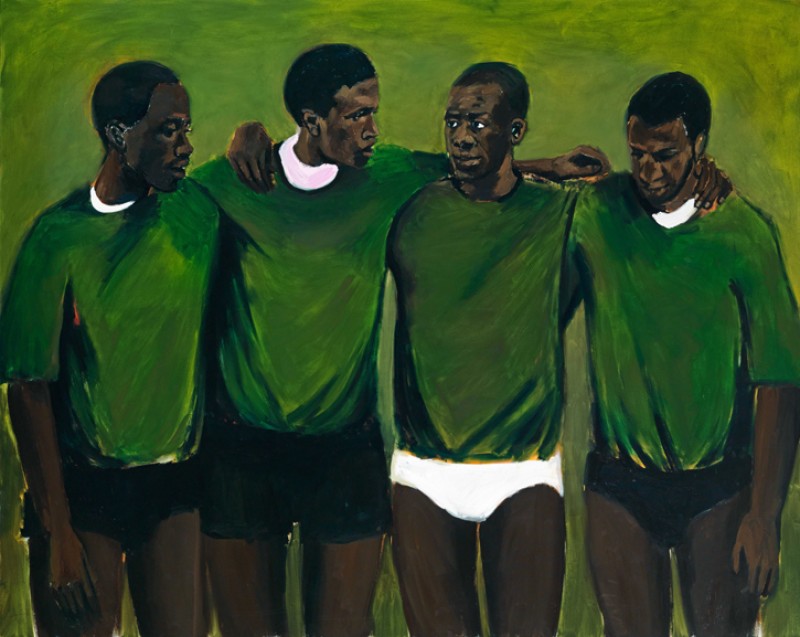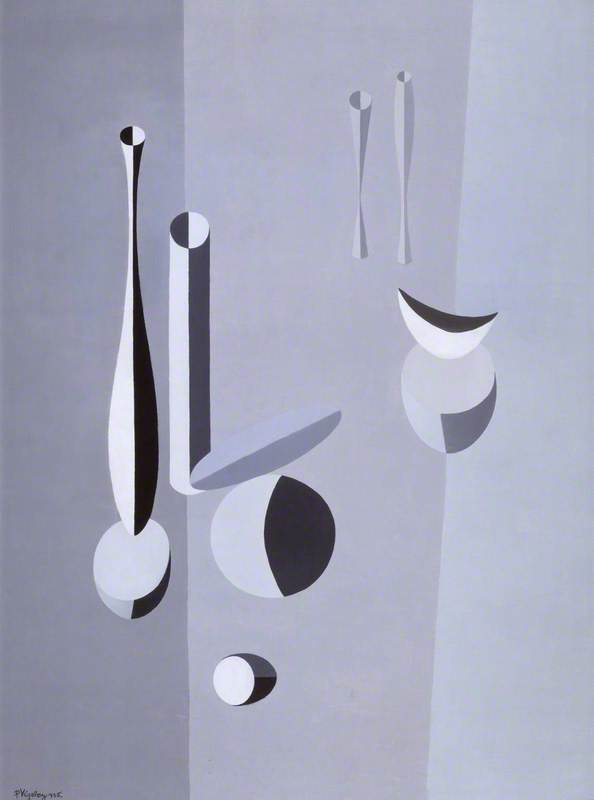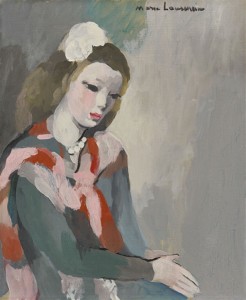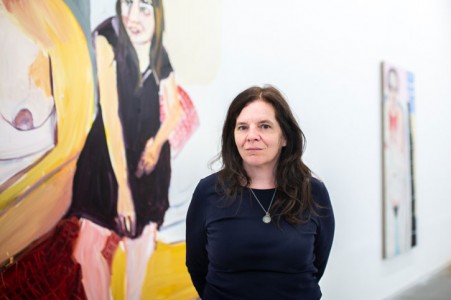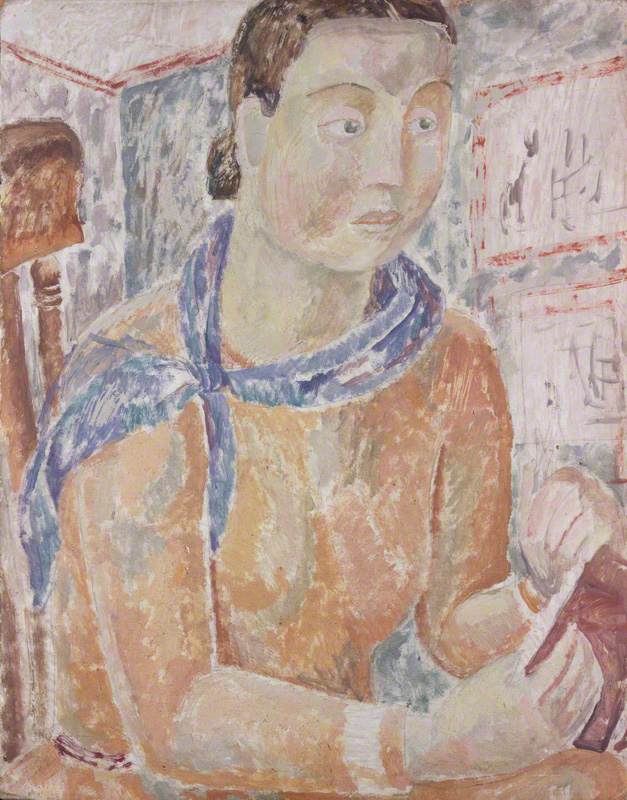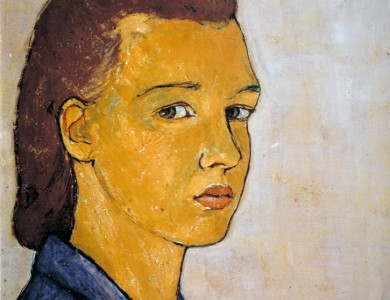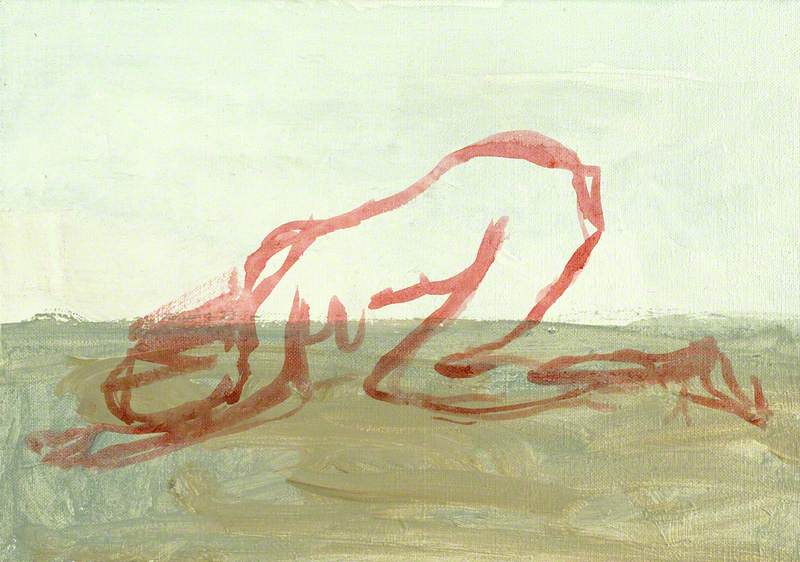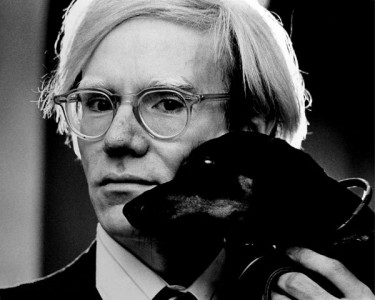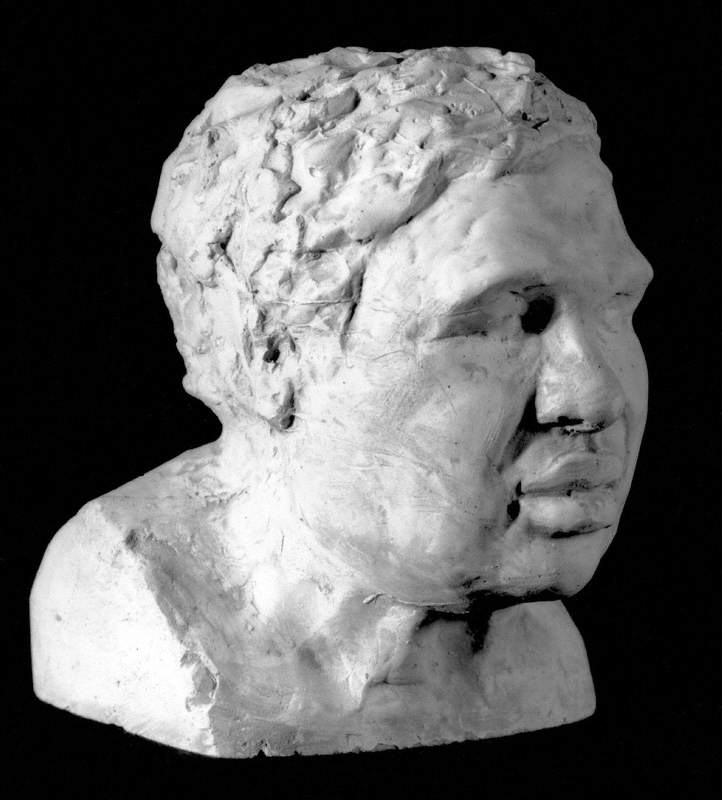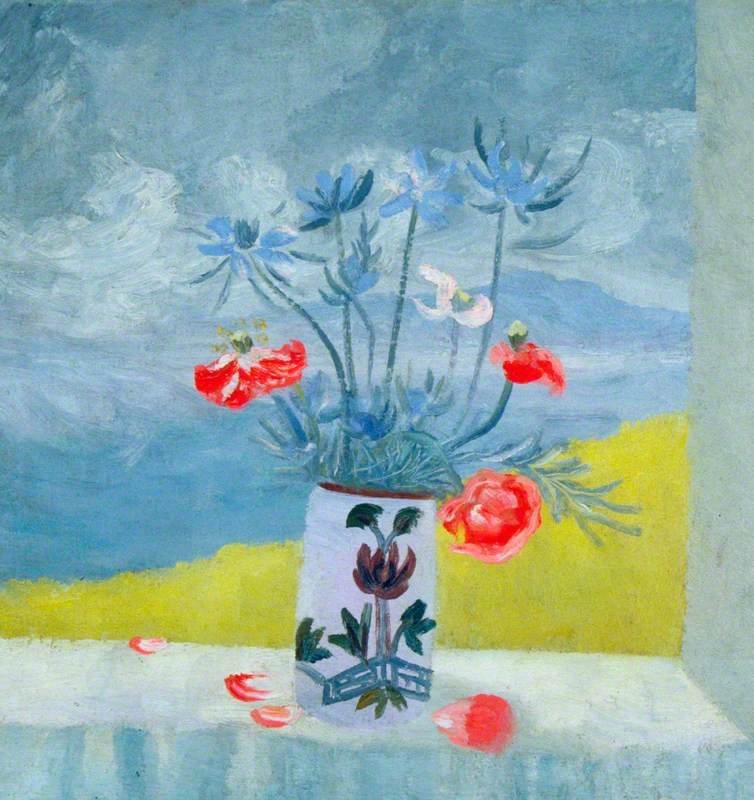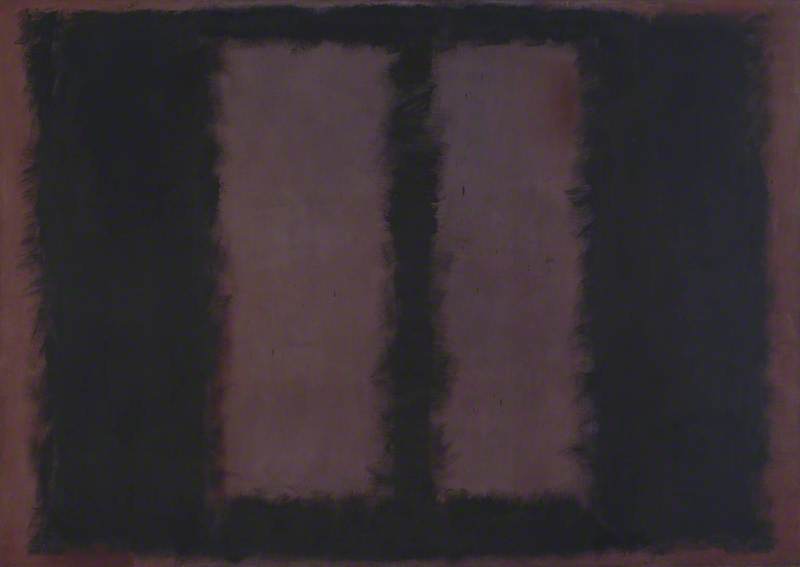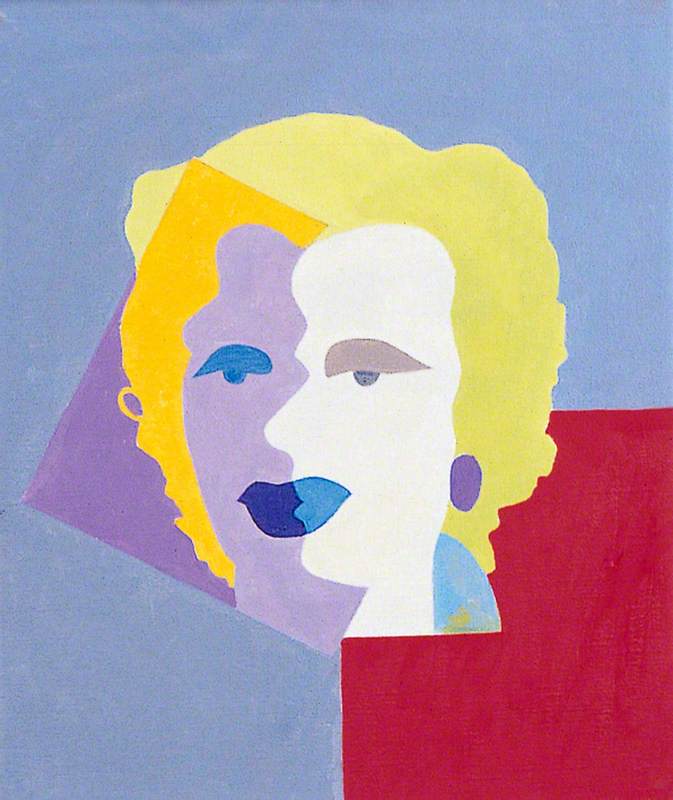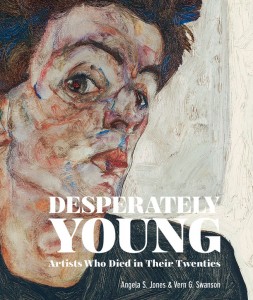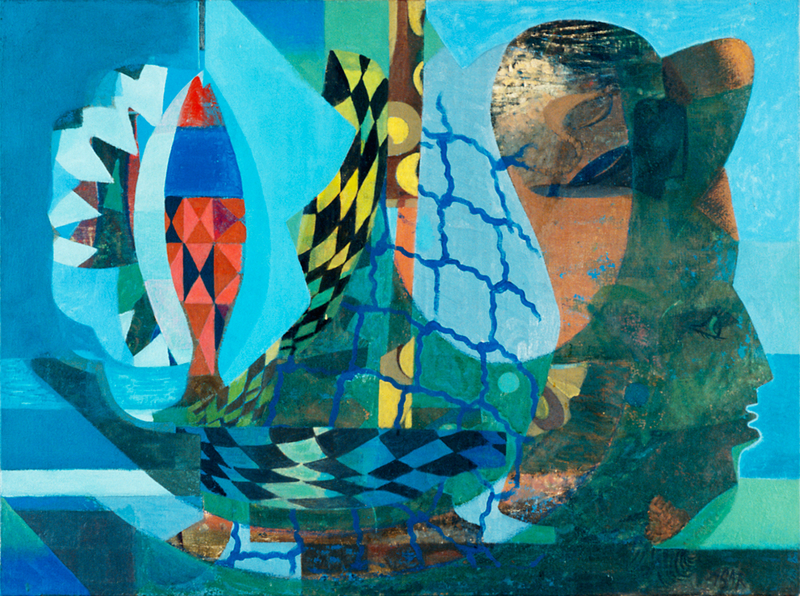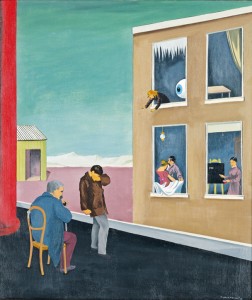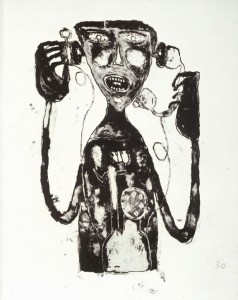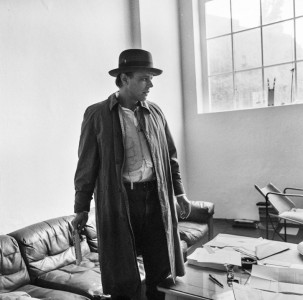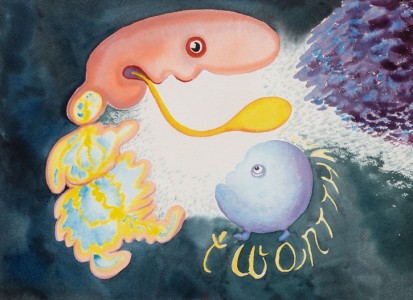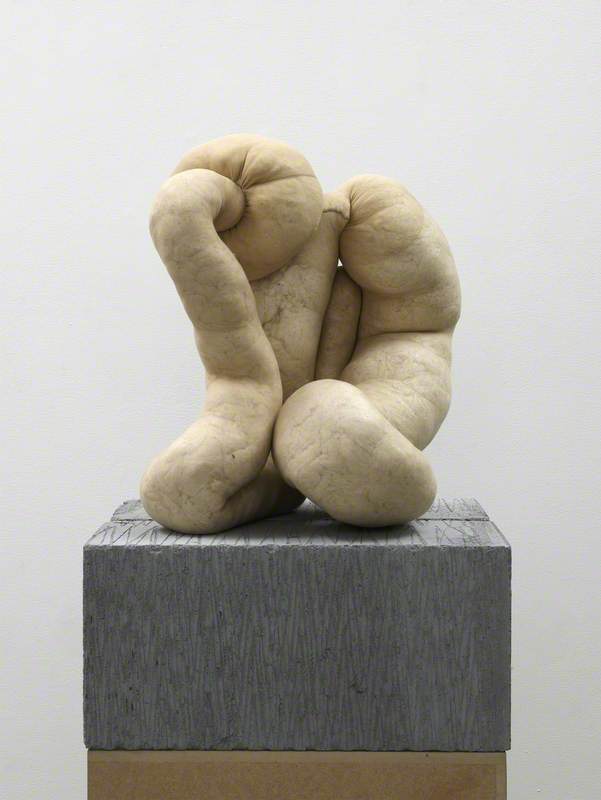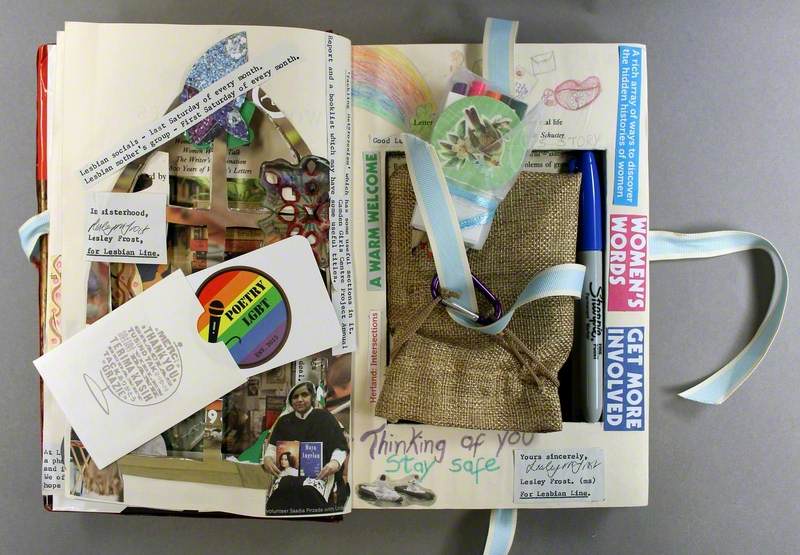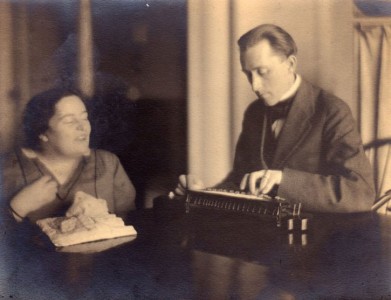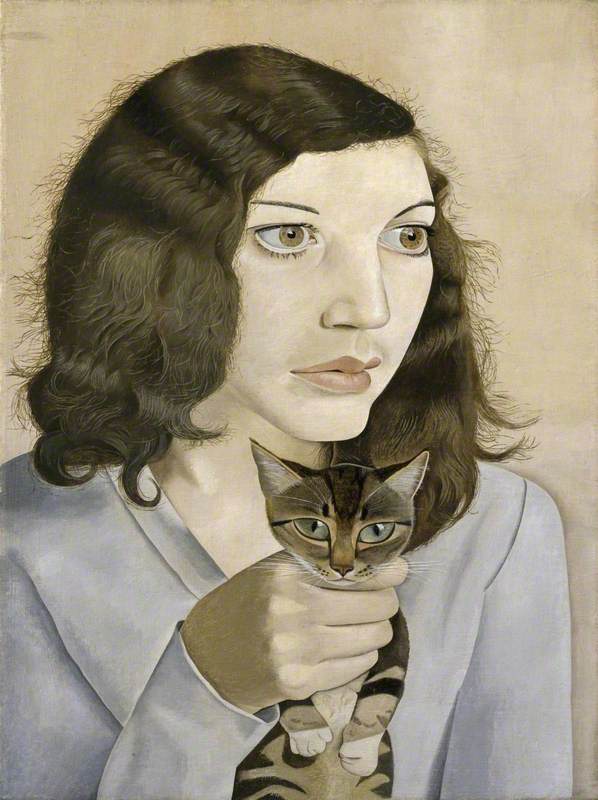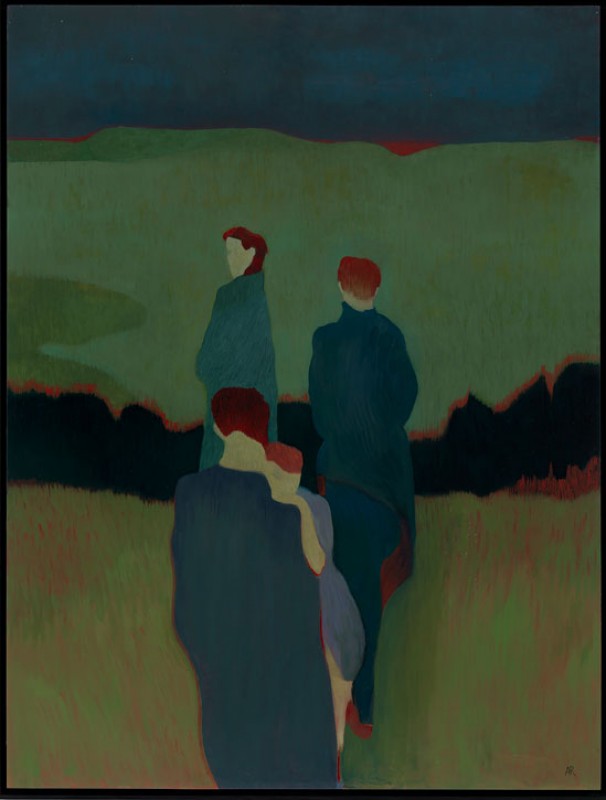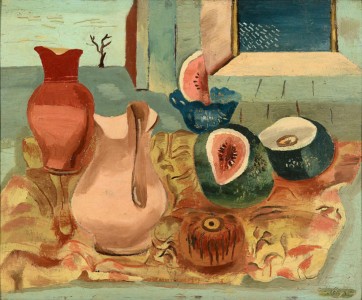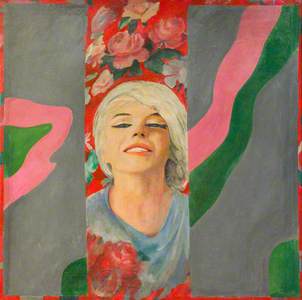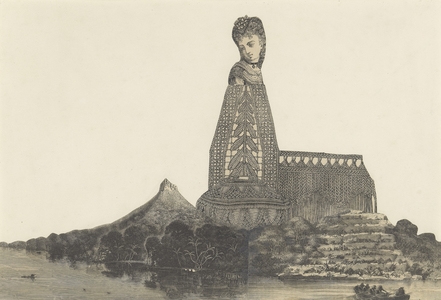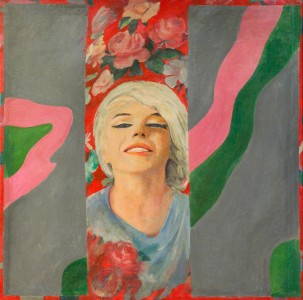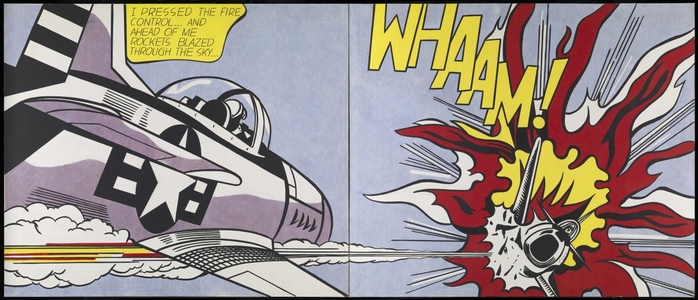Decades after her untimely death, Pauline Boty (1938–1966) is finally beginning to receive the recognition she deserves. Often dismissed during her lifetime as an 'It' girl of 1960s London, she was also an artist at the forefront of British art.
View this post on Instagram
As one of the founders of British Pop Art – and the only female painter in the group – her work was innovative, engaging, and provided a counterpoint to the work of her male contemporaries. She embraced her sexuality and subjective experiences as a woman to create a body of work that foregrounds female desires and interests. Perhaps predictably for the time, as an attractive woman who also worked as a dancer, actress and model, her work was often dismissed and mainstream art history snubbed her.
In terms of her artistic practice, however, her work can easily be spoken of in the same breath as that of Eduardo Paolozzi, Richard Hamilton and Peter Blake, and her work was exhibited alongside theirs in 1961. Like them, collage was a cornerstone of her practice.
Her interest in collage stemmed from her studies at the Slade School of Fine Art. She had been advised against a career in painting as it was too difficult to gain acceptance as a woman and so instead worked in the more 'suitable' medium of stained glass. She continued her studies at the Royal Academy of Arts, where she was one of only eight female students out of a class of 36.
View this post on Instagram
After graduation, Boty began working as a dancer, actress, radio contributor, set designer, and model. Her beauty and enigmatic personality meant that she quickly became known as the 'It' girl of early 1960s London counterculture. Her art remained a high priority for her, however, and she produced a prolific amount of works, combining bright geometric backgrounds with 'collage' sections featuring elements of pop culture, often rendered in paint.
Untitled (Seascape with Boats and Island) is an early work by Boty dating from around 1960. It depicts a cathedral-like crocheted structure topped with a white woman's head towering over a rowing boat of men, who appear to be attempting to flee her monumental form by river. The woman's head appears to be taken from a Victorian engraving – a key resource Boty used in her early works.
The work flips the usual view of patriarchal British colonialism, exploring ideas of gender and identity in historical narratives. It could even be said to precede the satirical disorder of Terry Gilliam's animated collages for Monty Python's Flying Circus.
Boty used collages such as this to develop her distinctly female iconography that she continued to draw upon in her paintings. Her often-exuberant works engaged with the relationship between women and mass culture. She drew upon the mythology of film stars and pop lyrics to comment on ideas of high and low culture and politics – all from a woman's perspective.
During her life, Boty was often defined by her good looks (her nickname at the Wimbledon School of Art was 'The Wimbledon Bardot'), and public perceptions of young women's roles in the 1960s. This undermined the public's view of her as a serious artist. She died tragically young at the age of 28, having been diagnosed with cancer while pregnant and refusing treatment in order to save her unborn child.
View this post on Instagram
Boty refused to accept that she couldn't be a sexually liberated woman and a serious artist. Why couldn't she be both? Her defiance meant that mainstream art history didn't know what to do with her – so it ignored her. It is only in the past 20 years that Boty's unique contribution to the story of modern British art is finally being fully recognised.
To find out more about the artist visit www.paulineboty.org.
Sarah Jackson, Communications Officer at Pallant House Gallery


